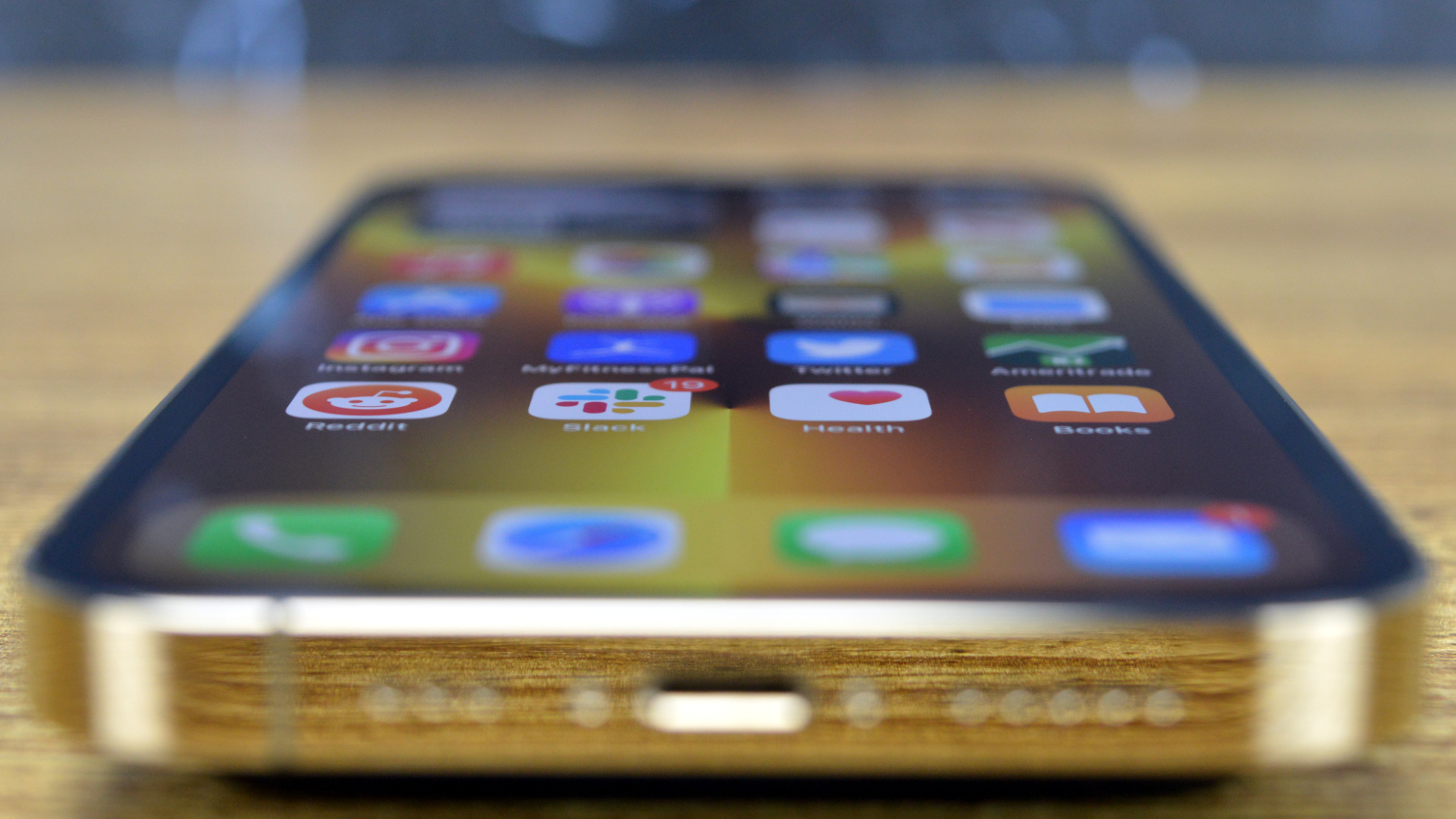iPhone users have been waiting for Apple to bring back the Touch ID fingerprint sensor since 2017, when the all-screen iPhone X design dropped. And Apple did, but only for the iPhone SE models and the redesigned iPads with no home button. Apple has yet to bring under-display Touch ID support to any of its iPhone models. The iPhone 14 and iPhone 14 Pro will similarly lack Touch ID support, rumors suggest.
Moreover, an insider familiar with Apple’s plans claims that the iPhone 14 successors won’t get Touch ID support either.
Will the iPhone 14 Pro have a fingerprint sensor?
Every year, we see rumors addressing Touch ID support on the upcoming iPhone. The iPhone 14 release is no different, and we’ve already seen reports earlier this year claiming that Touch ID won’t make it to the 2022 handsets. Not even the iPhone 14 Pro models, which will have a slightly different design and better specs than the regular models.
Apple might have been using Touch ID sensors embedded in the side button on the iPad Air 4, iPad mini 6, and iPad Air 5, but that tech isn’t coming to iPhones. Instead, Apple has been researching its own tech for placing the Face ID and Touch ID sensors under the display.
The technology already exists for fingerprint sensors. It’s something Android vendors have used for several years as an alternative to Face ID. Apple’s 3D face recognition system is expensive to deploy, so Android vendors have largely steered clear of it, embracing under-display fingerprint sensors.
Separately, the selfie cam can also be housed under the display. Some Android vendors have already started using such screens, including the Galaxy Z Fold 3 foldable.

Under-display Touch ID might be years away
More recently, we heard that Apple might be looking to place Face ID sensors under the screen soon. The iPhone 14 Pro handsets will receive a new notch design this year. The Face ID bezel will be replaced with two screen cutouts that will house all the front-facing cameras and sensors. The two holes punching through the screen will not be identical. One will have the shape of a pill, and the other will be circular.
After that, Apple will ditch the pill, as the Face ID components will move underneath the screen. That’s an unconfirmed report, however. And one insider claims it can’t happen next year.
This brings us to Ming-Chi Kuo’s latest tweet addressing iPhone sensors. The usually accurate analyst corrected one of his previous predictions related to under-display Touch ID.
According to recent surveys, the 2023 and 2024 iPhones may not adopt under-display Touch ID technology. Those would be the immediate iPhone 14 successors, the iPhone 15 and iPhone 16.
Kuo further said that using Face ID with a mask on iPhone is already a “great biometrics solution.” The feature works on the newer iPhones after the iOS 14.5 update. Apple also lets users unlock Face ID iPhones with the Apple Watch when wearing a mask.
More iPhone coverage: For more iPhone news, visit our iPhone 14 guide.








